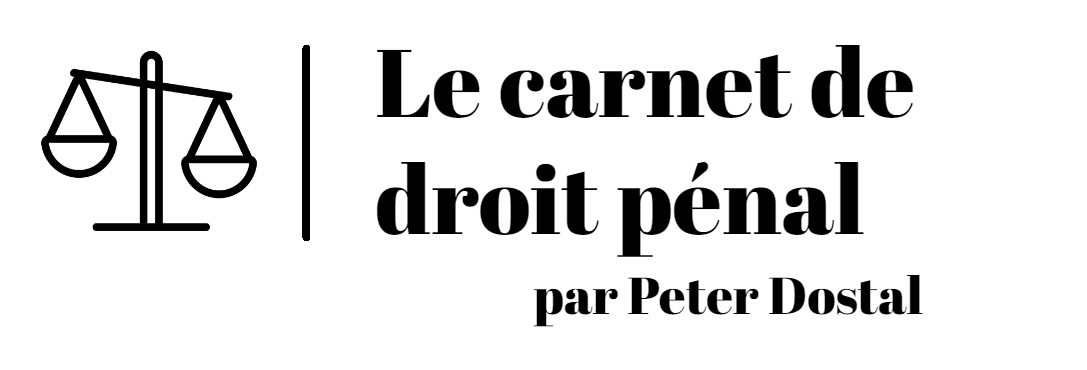Fouille d’inventaire
| Cette page a été mise à jour ou révisée de manière substantielle pour la dernière fois January 2020. (Rev. # 12102) |
Principes généraux
Certain provincial vehicle Acts permit an officer to conduct an inventory search of a vehicle that is being impounded.[1] This also applies where a vehicle is being seized due to being parked in an unsafe location.[2]
- Rationale
The rationale for the power to do an inventory does not flow from the nature of the investigation but rather is based on the interests of:[3]
- person who owns the property and wishes the police to safeguard the property while it is in police custody;
- public safety who are concerned contraband being held by police or in authorized storage facilities;
- police desire to protect against civil liability for loss or damage to property found in the vehicle.
- Towing Vehicle
A decision on the part of police to have a vehicle towed does not necessarily always justify an inventory search.[4] The police should turn their mind to other options besides impounding the vehicle.[5]
- Contents of Bags
The power to conduct inventory searches of vehicles may also permit the opening and examining of the contents of bags found within the vehicle.[6]
Inventory searches do not extent to situations where an officer is assisting a sheriff's officer in executing an eviction order, such that bags are opened for examination.[7]
- Use of Evidence Discovered on Inventory Search
Where police are entitled to inventory the contents of a vehicle when impounded, the Crown may not be permitted to tender the fruits of the inventory search as it would not be "authorized by law."[8] However, some authority suggests a statutory power to impound includes a power to tender the fruits of search.[9]
- ↑
e.g. Highway Traffic Act (ON), s. 172
- ↑
R c Russell, 2017 BCPC 60 (CanLII), par Koturbash J - re s. 188 of BC Motor Vehicle Act
- ↑
R c Cooper, 2016 BCPC 259 (CanLII), par Cutler J, au para 16
R c Wint, 2009 ONCA 52 (CanLII), 93 OR 514, per curiam
R c Nicolosi, 1998 CanLII 2006 (ON CA), 127 CCC (3d) 176, par Doherty JA
R c Ellis, 2013 ONSC 1494 (CanLII), 278 CRR (2d) 324, par Cambpell J
- ↑
R c Harflett, 2016 ONCA 248 (CanLII), 336 CCC (3d) 102, par Lauwers JA
- ↑ e.g. R c Martin2012 ONSC 2298(*pas de liens CanLII)
- ↑ R c Wint, 2009 ONCA 52 (CanLII), 184 CRR (2d) 57 (leave to appeal to the SCC denied 2009 CanLII 31959), par curiam
- ↑ R c Stevens, 2011 ONCA 504 (CanLII), 274 CCC (3d) 353, par Armstrong JA
- ↑
R c Ahmed, 2019 SKCA 47 (CanLII), 10 WWR 99, par Barrington-Foote JA, au para 18("Mr. Ahmed had possession of the vehicle with the permission of the owner. As such, he had a reasonable expectation of privacy in the vehicle: ...")
R c Nolet, 2010 SCC 24 (CanLII), [2010] 1 SCR 851, par Binnie J, au para 53
R c Caslake, 1998 CanLII 838 (SCC), [1998] 1 SCR 51, per Lamer CJ, au para 30
- ↑
R c Russell, 2018 BCCA 330 (CanLII), 365 CCC (3d) 481, par D Smith JA
R c Nicolosi, 1998 CanLII 2006 (ON CA), , 110 OAC 189 (CA), par Doherty JA
Wint, supra
